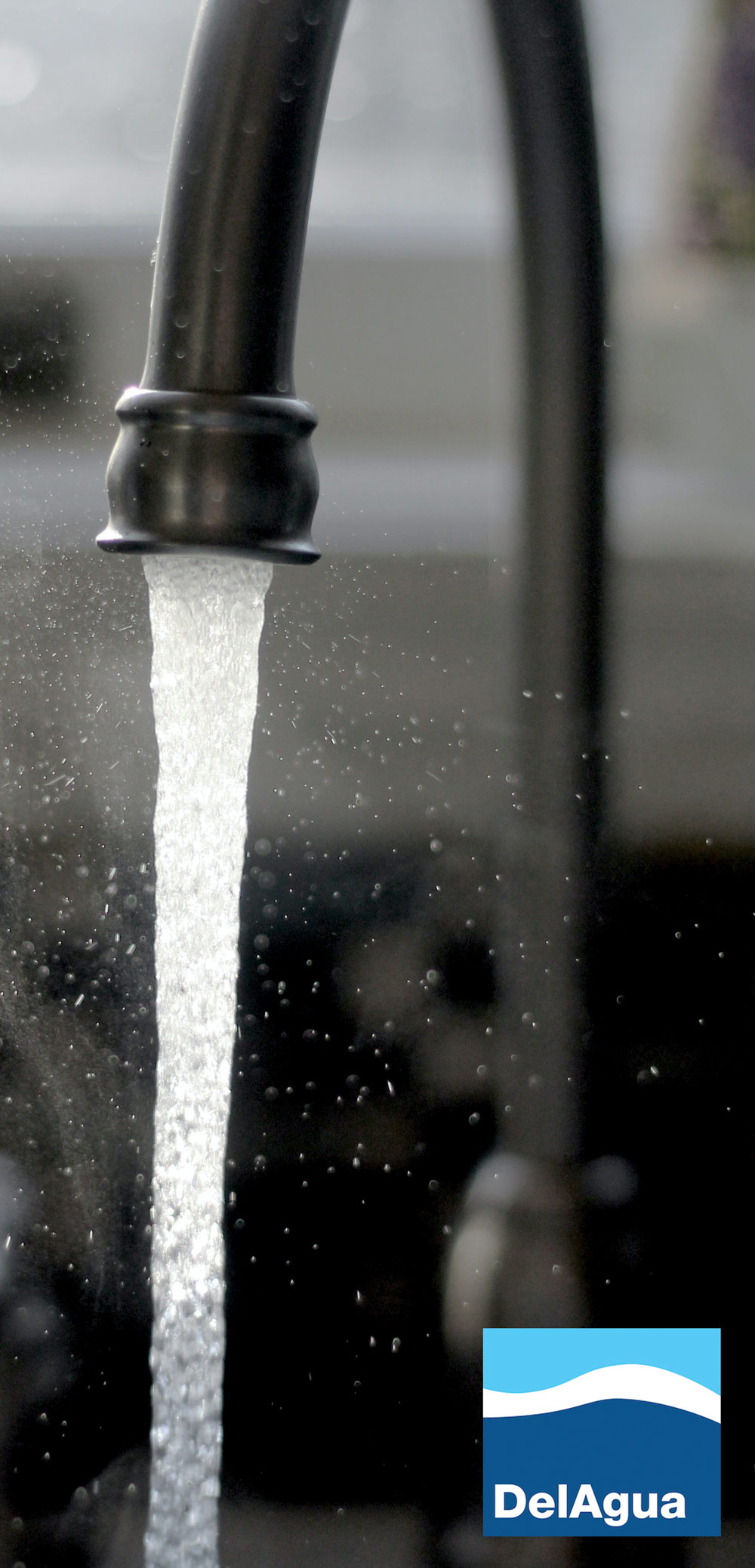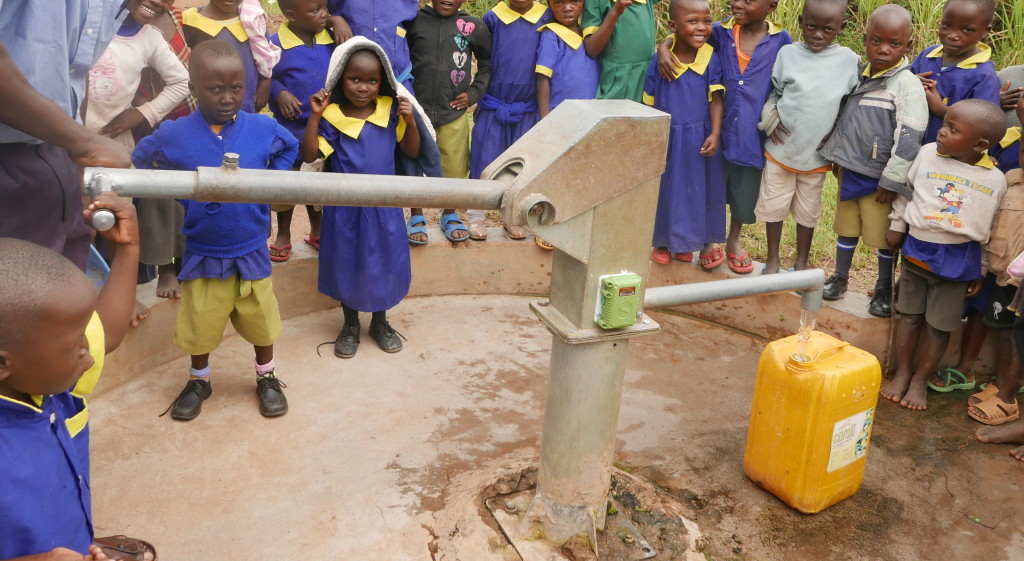Drought Resilience
SO 1: A responsive and accountable governance framework is in place and operational at county government level that ensures sustainable provision of water and pasture;
SO 2: Replicable and scalable business models for sustainable WASH and livestock service delivery have been developed and operationalized
SO 3: Communities have increased access to sustainable WASH services and improved rangeland management.
In 2015, Virridy joined as a founding partner a 35 million dollar USAID and SDC funded program led by the Millennium Water Alliance.
Over five years (2015-2020), the Kenya RAPID program focuses on five Northern Counties with high poverty rates, chronic food and water insecurity and low access to basic services: Marsabit, Garissa, Isiolo, Wajir, and Turkana. It seeks to increase the average water coverage rate in the five counties from 37% to more than 50%. The program is designed, however, to create a model that can be replicated by other counties with local adaptation. There are three strategic objectives (SOs) that will guide the program.
Our Role
Virridy’s role includes working across these five counties in north Kenya to deploy instruments on hand and electric water pumps, water tanks, and water distribution systems to measure rates of utilization and functionality. These measures will be inputted to decision aids that may dispatch technicians, supplies or other response. This task primarily is operationally focused, and consists of iterating feedback and decision support systems to enable effective water service delivery.
The Kenya national average access to improved water sources is 48% in rural areas. In the region of Kenya targeted for this activity, the average is closer to 27%. This baseline provides one of the first opportunities to institutionalize accountable, cost-effective feedback mechanisms in delivering water services. Key outcomes in this program include a responsible and accountable government framework for water services; replicable and scalable business models to deliver these services; and community engagement in demanding water services.
This video shows a visualization of NASA satellite estimated rainfall data with Virridy measured water use for 2017. Sensors are installed on electrical boreholes in Afar, Ethiopia with USAID Lowland WASH and northern Kenya with USAID Kenya RAPID each serving up to 10,000 people. Hand water pump sensors are installed in western Kenya with The Water Project and in Uganda with The Water Trust each serving up to 500 people.
County Ministries of Water, Agriculture, Livestock, Fisheries, Health and Education of Isiolo, Garissa, Marsabit, Turkana and Wajir – National Ministries of Water, Agriculture, Livestock, Fisheries, Health and Education
CARE – Catholic Relief Services – Food for the Hungry – World Vision
Acacia – Aqua for All – IBM Research – Virridy Inc – The Coca-Cola Africa Foundation – Vitol Foundation
Swiss Development Corporation (SDC) – United States Agency for International Development (USAID)
CellPump – Improving Water Service Delivery
In 2014 and 2015, Virridy worked with Living Water International and installed 200 sensors in rural water pumps in Rwanda as a longitudinal cohort study. In three experimental arms the current model of operation and maintenance was compared against a ‘best practice’ circuit rider model that includes a ‘call us’ feature for communities to report pump outages, against an ‘ambulance service’ model where the sensors notified an online technician dispatch platform. The platform also collected smartphone based maintenance records to map technician and service performance. Sensors were installed in all three arms, but only in the ‘ambulance service’ were pump technicians privy to functionality data.
The cohort study demonstrated a significant impact on mean days to repair and functionality. In the pre-study baseline, 56% of the study area’s pumps were functional, with a mean interval to repair (time between a pump breaking and being repaired) of approximately 214 days. In the study period, the nominal maintenance mode showed a mean repair interval of nearly 90 days with a functionality of 68%. In the circuit rider cohort, the repair time was nearly 60 days and a functionality rate of 73%. In the ambulance service cohort, the only group where the sensor data triggered technician response, the repair interval was nearly 26 days with a functionality rate of 91%.
Nagel, C., Beach, J., Iribagiza, C., Thomas, E., “Evaluating the Cost Effectiveness of Cellular Instrumentation on Rural Handpumps to Improve Service Delivery – A Longitudinal Cohort Study in Rural Rwanda,” Environmental Science and Technology, DOI: 10.1021/acs.est.5b04077, 2015.

Household Water Treatment
In the context of a five-month randomized controlled trial, run in partnership with DelAgua Health, the Rwanda Ministry of Health, and the London School of Hygiene and Tropical Medicine, of household water filters and improved cookstoves in rural Rwanda, we collected data from intervention households on product compliance using (i) monthly surveys and direct observations by community health workers and environmental health officers, and (ii) sensor-equipped filters and cookstoves deployed for about two weeks in each household. The adoption rate interpreted by the sensors varied from the household reporting. 90.5% of households reported primarily using the intervention stove, while the sensors interpreted 73.2% use. 96.5% of households reported using the intervention filter regularly, while the sensors interpreted no more than 90.2%. The sensor-collected data estimated use to be lower than conventionally-collected data both for water filters (approximately 36% less water volume per day) and cookstoves (approximately 40% fewer uses per week) (Thomas et al., 2013).
The use of sensors on water filters allowed us to examine objectively the quantity of water being treated in the home and the consistency of filter use. The intra-household evaluation of consistent use suggested that most households are not treating enough water to meet their daily needs, potentially indicating non-exclusive use of the filter. This has potential implications for health and environmental impacts and may be considered in further behavior change messaging and impact evaluations. Likewise, any inconsistent use of the cookstoves may be indicative of stove-stacking behavior. As behavior change efforts are modified and expanded, the instrumentation may be an effective tool for evaluating the effectiveness of this messaging.
Thomas, E., Barstow, C., Rosa, G., Majorin, F., Clasen, T., “Use of Remotely Reporting Electronic Sensors for Assessing Use of Water Filters and Cookstoves in Rwanda,” Environmental Science and Technology, 2013, DOI: 10.1021/es403412x.

